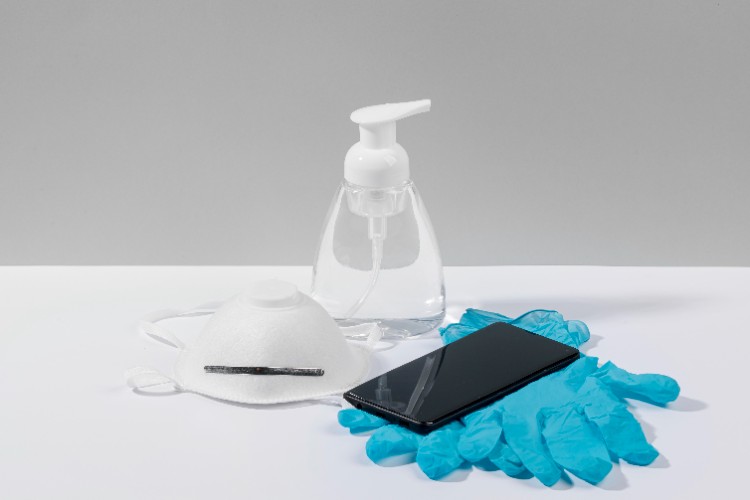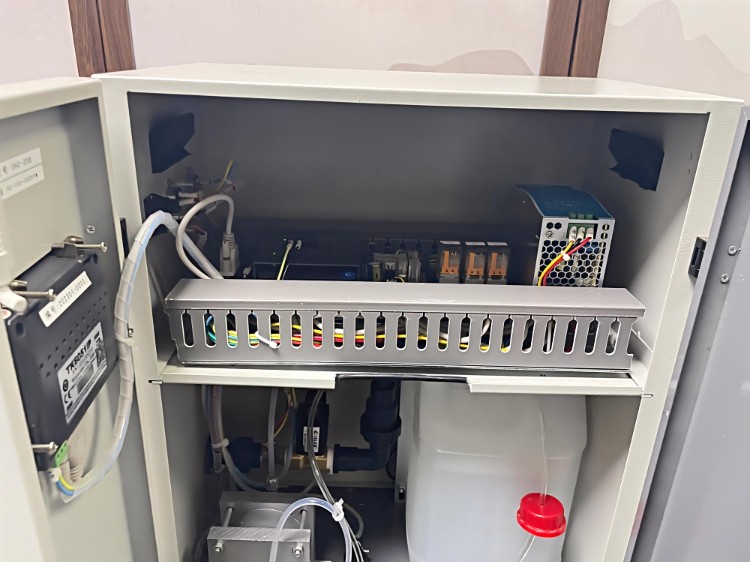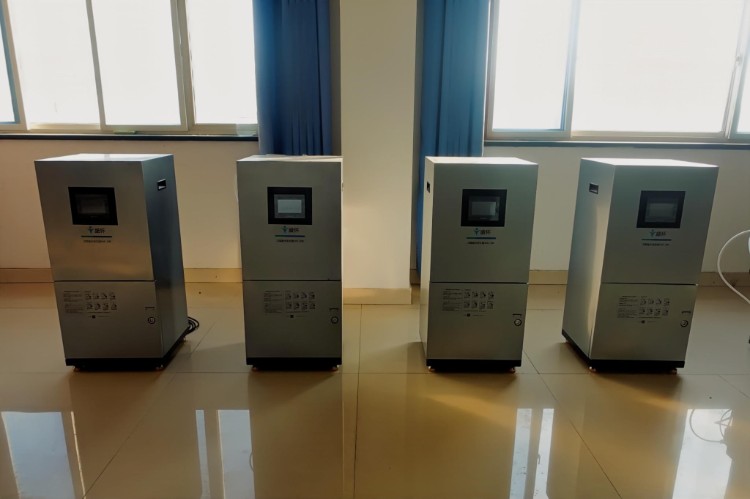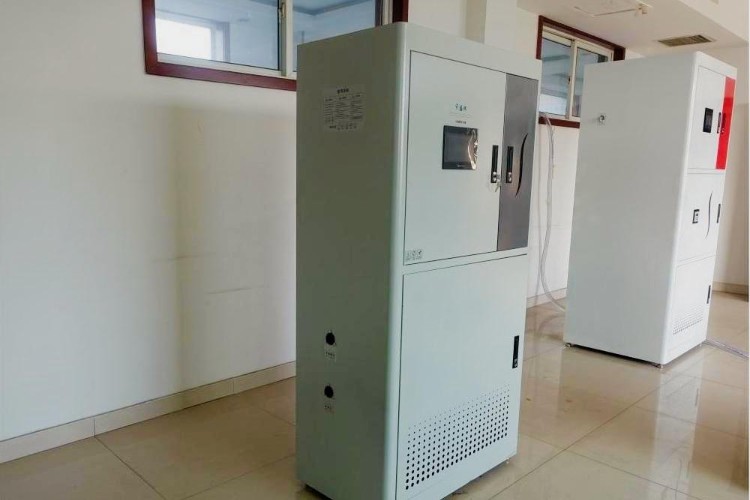Your New Cleaning Hero: HOCl Machine

My First Encounter with HOCl Technology
The first time I saw a machine to make hypochlorous acid at work, I felt like I had stumbled upon cleaning magic. Salt water went in, electricity hummed softly, and minutes later, I had a fresh batch of hypochlorous acid HOCl — a solution so gentle I could put it on my hands, yet strong enough for killing bacteria and viruses fast.
Before that, my cleaning routine relied on strong-smelling disinfectants. I tolerated dry hands, faded surfaces, and that lingering bleach odor. The day we switched to a hypochlorous acid generator, all that changed.
What Is Hypochlorous Acid and Why I Trust It
HOCl isn’t some mysterious lab creation. It’s a naturally occurring compound our own white blood cells produce to protect us. That’s right — our immune system generates hypochlorous acid to destroy harmful invaders.
Scientists figured out how to mimic this process with technology. The result is a safe, eco-friendly liquid that handles bacteria viruses and fungi without damaging skin or surfaces.
How a Machine to Make Hypochlorous Acid Works
The process sounds complicated, but it’s surprisingly straightforward.
Steps to generate HOCl:
1. Fill the tank with clean water
2. Add non-iodized salt in the right ratio
3. Start the machine to apply an electrical charge
4. Wait a few minutes for the transformation
5. Test the solution with test strips to ensure the right concentration
Most machines produce HOCl between 50 and 200 ppm. For surface disinfection, I prefer 200 ppm — it’s strong yet still safe to handle.

Why We Chose On-Site Generation
I like control. With our own hypochlorous acid generator, I decide when and how much to make. No waiting for deliveries. No paying extra for packaging.
The freshness is unbeatable. Unlike store-bought HOCl products that lose strength over time, our generated hypochlorous acid is always at full potency. That means every spray offers maximum killing power and gives me peace of mind.
HOCl vs Sodium Hypochlorite — The Clear Winner
We used sodium hypochlorite (bleach) for years. It worked, but it also corroded metal, faded fabrics, and left that unmistakable odor.
HOCl, on the other hand:
· Breaks down into salt water after use
· Leaves no toxic residue
· Works faster at lower concentrations
· Is safe on skin and eyes at recommended levels
When you compare the two, HOCl is the future, while bleach feels like the past.
Applications That Surprised Me
I expected to use HOCl for floors and counters. I didn’t expect it to change how we handle food, health, and safety.
· Food contact surfaces: No rinse needed after cleaning
· Hand sanitizers: Gentle on skin, no alcohol burn
· Air misting: Reduces airborne bacteria viruses
· Pet care: Cleans bowls, bedding, and even paws
My Daily Production Routine
I like to keep things efficient. Every morning, I:
1. Check our water source
2. Add salt for the correct ppm
3. Start the machine and set a timer
4. Use test strips to confirm the batch
5. Store it in opaque containers to protect potency
Fifteen minutes later, I’ve got a fresh, eco-friendly disinfectant ready for anything.
The Science Behind the Magic
Electrolyzed water is the secret. When salt water is passed through an electric current, sodium (Na⁺) and chloride (Cl⁻) ions rearrange to form hypochlorous acid HOCl. This solution disrupts the cell walls of bacteria viruses and fungi, destroying them in seconds.
The beauty is in the balance — it’s strong against pathogens yet safe for living tissue.
My First Big Test with HOCl
One busy afternoon, a food contamination warning hit the news. We had just received produce from the affected region. Panic?
Almost. Instead, we made a fresh 200 ppm batch, sanitized every surface, and sprayed the produce. Test results later confirmed everything was safe.
That day, HOCl earned my full trust.

Eco-Friendly from Start to Finish
I care about the planet. HOCl generation produces zero hazardous waste. It uses minimal energy and reduces the need for single-use plastic bottles from store-bought cleaners.
Switching to HOCl cut our chemical waste output by over 80%. That’s more than just good business — it’s the right thing to do.
Cost Savings You Can See
The math is simple. Salt is cheap. Water is cheaper. Electricity costs almost nothing for a small batch.
Compared to buying pre-made HOCl products or sodium hypochlorite solutions, our annual disinfectant budget dropped by more than half.
Choosing the Right Hypochlorous Acid Generator
When I picked our system, I focused on:
· Consistent output ppm
· Simple operation
· Low maintenance parts
· Quality certifications
· Good customer support
The Shine HOCl Generator checked every box. It’s reliable, easy to clean, and built for years of daily use.
Safety Tips from Experience
While HOCl is gentle, I still follow a few safety habits:
· Always measure salt precisely
· Store away from sunlight
· Use within 14 days for best potency
· Keep the machine clean for consistent output

The Confidence That Comes with Control
Owning a machine to make hypochlorous acid feels empowering. I know exactly what’s in our disinfectant, when it was made, and how strong it is. That level of control isn’t just about hygiene — it’s about peace of mind.
Wrapping Up — My Honest Take
After switching to HOCl, I can’t imagine going back. We clean better, spend less, and help the planet. It’s not hype — it’s simply smarter cleaning.
If you want a solution that’s effective, safe, and eco friendly, try generating hypochlorous acid yourself. Trust me, once you do, there’s no going back.
